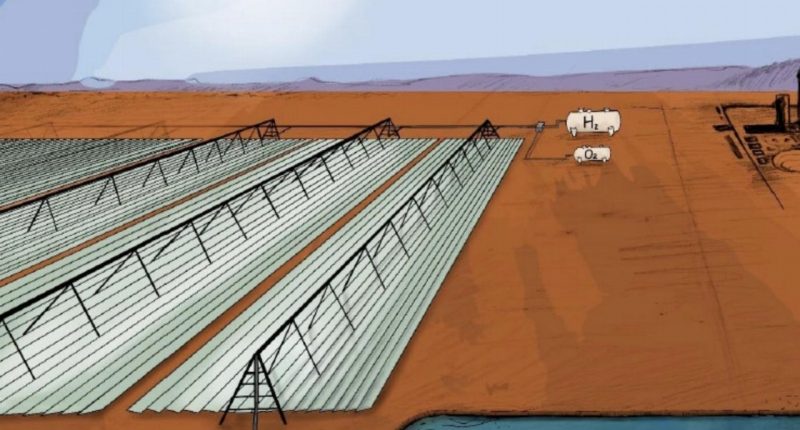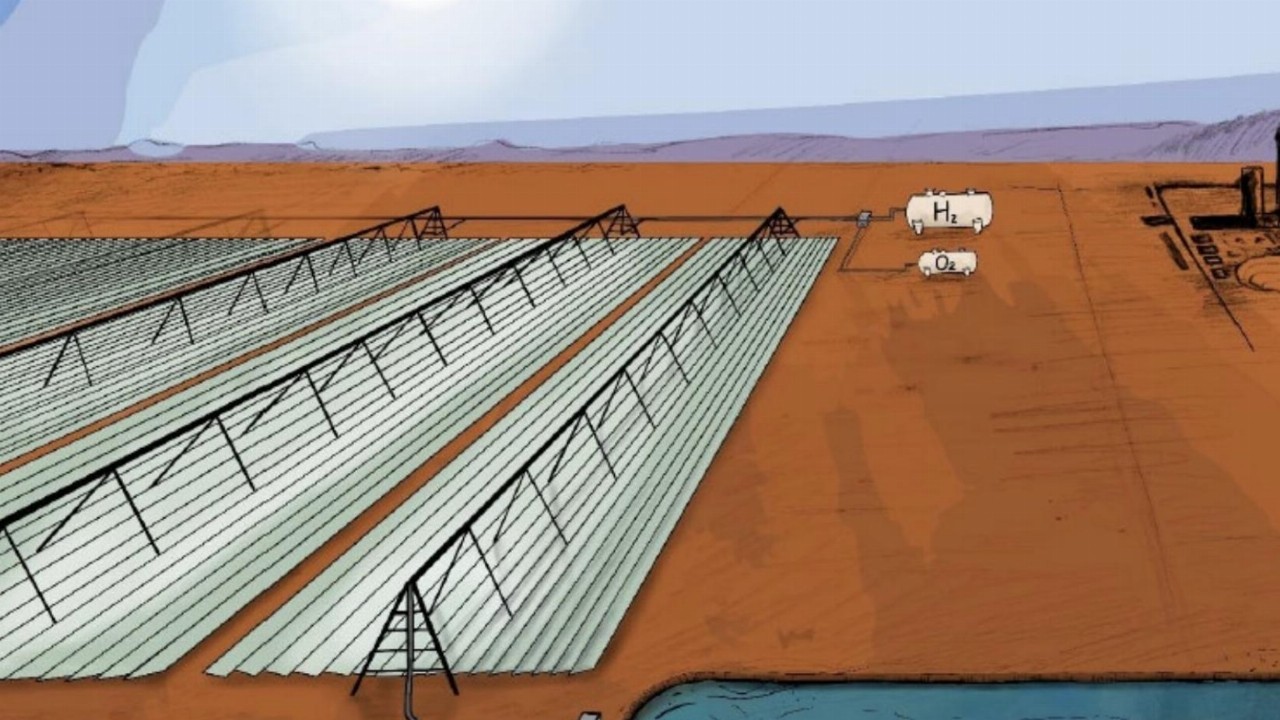- Sparc Technologies’ (SPN) joint venture Sparc Hydrogen publishes its international PCT patent application relating to its exclusively licensed solar reactor technology
- Key elements claimed in the patent application include the use of the entire solar spectrum to enhance reaction efficiencies
- Sparc Executive Chairman Stephen Hunt says the publication is an important milestone which represents a progressive step towards granting of patents in national jurisdiction
- Research and development work is still ongoing at the University of Adelaide with the development of new and better solar reactor designs and testing
- Shares in Sparc are up 6.25 per cent to close at 68 cents
Sparc Technologies’ (SPN) joint venture (JV) company Sparc Hydrogen has published its international PCT patent application relating to its exclusively licensed
solar reactor technology.
The JV company is a partnership between Sparc, Fortescue Future Industries (FFI) and the University of Adelaide, and is seeking to commercialise photocatalytic water splitting technology with the aim of producing low-cost green hydrogen on a commercial scale.
Key elements claimed in the patent application include the use of the entire solar spectrum to enhance reaction efficiencies along with incorporating concentrated solar radiation via mirror reflectors.
Sparc Executive Chairman Stephen Hunt said the publication is an important milestone for Sparc Hydrogen, representing a progressive step towards granting of patents in national jurisdiction.
“The pending patent application coupled with the positive results of the preliminary Techno-Economic Analysis leading to the acceleration of development of the pilot plant by approximately 18 months,” Mr Hunt said.
“This enables Sparc Hydrogen to begin establishing a world leading position in the development of photocatalytic hydrogen production technology.”
The technology has been developed over five years by the University of Adelaide and Flinders University in South Australia.
During this time, the research team progressed its understanding and designs of a solar reactor that utilises the sun’s radiation and thermal properties to increase reaction efficiencies beyond the baseline performance of a photocatalyst material.
Research and development work is ongoing at the University of Adelaide with the development of new and better solar reactor designs and testing under a range of simulated solar conditions.
The accuracy and efficiency of testing will be greatly improved with the delivery of a high specification solar simulator due prior to the end of 2022.
Shares in Sparc were up 6.25 per cent to close at 68 cents.







